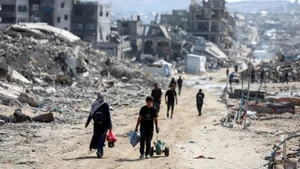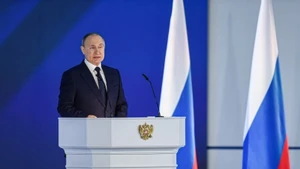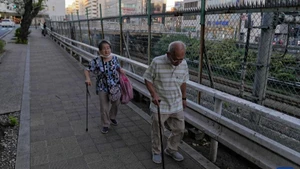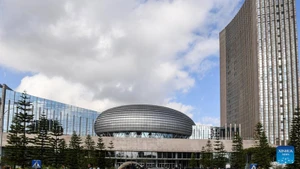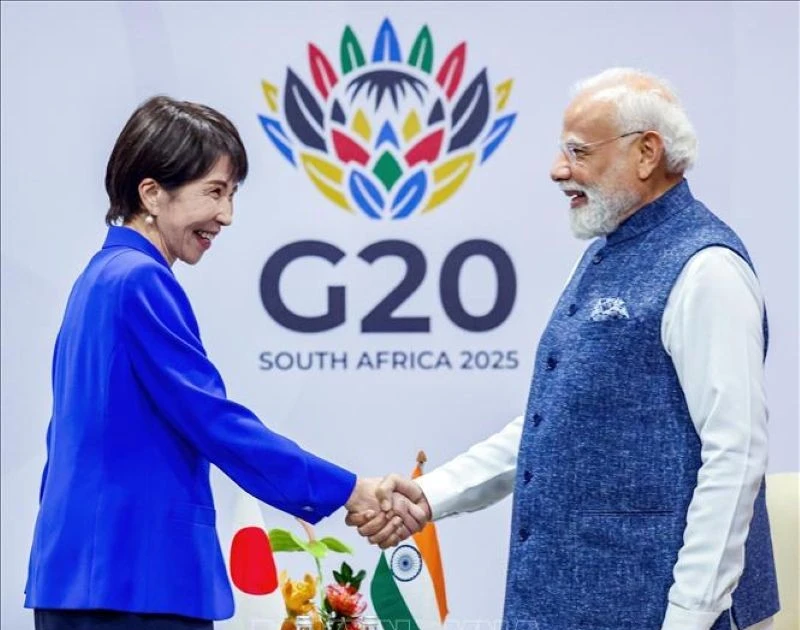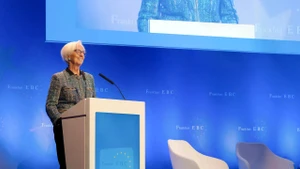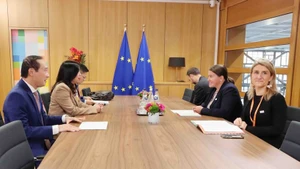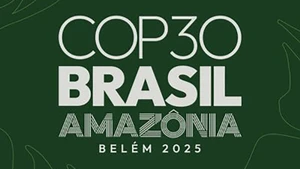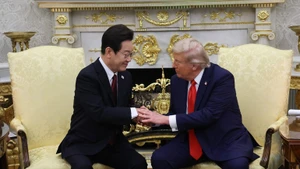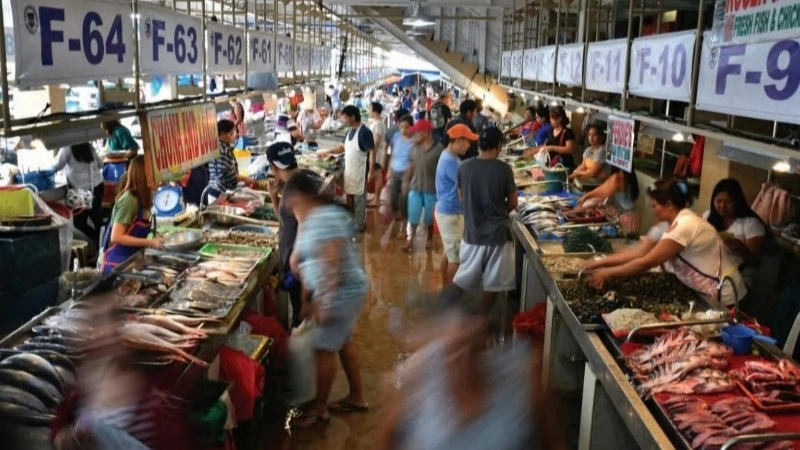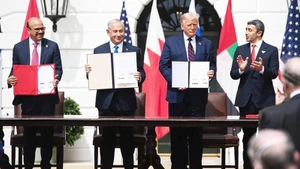Mike Burgess, Director-General of the Australian Security Intelligence Organisation (ASIO), a member of the Five Eyes alliance, said that the number of Australian young people being radicalised online is at a worrying level.
Specifically, some Australian youths have incited ethnic conflicts and planned attacks on schools after being radicalised online.
In April, a 16-year-old boy was charged with terrorism after he attacked a bishop in Sydney during a live-streamed sermon.
The ASIO director reported that in every one of the terrorist attacks, disruptions, and suspected terrorist incidents that took place in Australia this year, the alleged perpetrator was a young person.
Around 20% of ASIO’s priority counter-terrorism cases involve young people, he stated.
In the UK, counter-terrorism police investigated a student and found pro-Islamic State (IS) content on his phone.
Extremists are using seemingly harmless social media and online gaming platforms such as Roblox, Discord, Telegram, and TikTok to reach young people and then lure them into violence.
The Five Eyes report found that young people are particularly vulnerable to online radicalisation, particularly those living in social isolation, where the online world can become their only community.
However, law enforcement agencies around the world are struggling to tackle online radicalisation because the online environment often provides anonymity for users, and reaching minors is much more complex than reaching adults.
As a result, the other four countries in the Five Eyes intelligence alliance have similar stories to Australia.
The widespread impact of radicalisation makes it difficult to tackle, and Five Eyes law enforcement agencies have called for a ‘whole society response’.
Parents, teachers, health professionals and frontline workers need to understand and identify the early signs of radicalisation. Once ASIO and the [Australian Federal Police] get involved, it is usually too late — the young person is already in a dark and dangerous place.
ASIO Director Mike Burgess
Burgess said parents, teachers, health professionals and frontline workers need to understand and identify the early signs of radicalisation.
“Once ASIO and the [Australian Federal Police] get involved, it is usually too late — the young person is already in a dark and dangerous place,” he warned.
A priority for the Australian Federal Police is to limit the accessibility of violent extremist material and promote education and awareness for those in protective roles, including parents, educators, and healthcare providers, to maximise prevention and early intervention options."
In late November, Anthony Albanese’s government introduced a bill to parliament that would require a minimum age of 16 for social media. The bill would require platforms such as Snapchat, TikTok, Instagram, and X to take steps to prevent under-16s from creating accounts. Companies responsible for enforcing the law could be fined up to 49.5 million AUD for systemic breaches.
Prime Minister Albanese said that if the bill is passed, Australia will be one of the first countries to implement a minimum age for creating social media accounts, which he claims will be a step forward in creating a safer digital space for young people.

